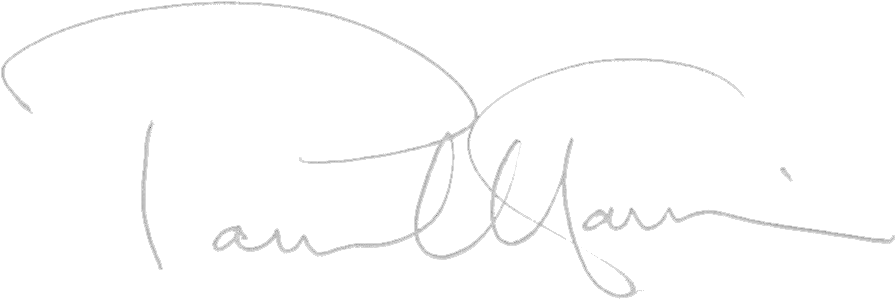Welcome to this seventh and final blog considering the content of my new book, The Clarinet. The aim of the book is to present a really thorough discussion of all aspects of clarinet playing, to explain what really happens as we play (much of that scientifically) and how we can learn to develop real control of this wonderful instrument and its music.
In this article we’ll be looking at the instrument itself and some other rather interesting and helpful information I’ve gathered together.
As players and teachers, do we really need to know much about the instrument and its various parts? You can drive many miles in a car, for example, without knowing much about how the engine works! My wonderful teacher, John Davies, frequently told his pupils: ‘simply select the best reed you can find in the box and then do your best’. But over the years I have found that developing some knowledge in this area is quite possible and certainly can be very useful.
There’s a lot we can do to make a poor reed playable and a good reed better – and there is much to consider in the choosing, maintenance and general management of reeds. Wooden reeds are quite expensive and we really do need to know how to get the best out of them, and how they compare with synthetic reeds. There are many fascinating little tricks we can learn to make the whole world of reeds a lot less stressful!
We can also learn about the mouthpiece and its rather intriguing history. I’ve tried to make the whole business of facing curves, break points and many other slightly daunting aspects of mouthpieces much more approachable and thus manageable. The section on looking after the instrument was much informed by David Fingerhut and Daniel Bangham – two of the very top clarinet technicians; it covers daily, occasional and annual maintenance. The final, and maybe somewhat unexpected, section in this chapter is simply titled ‘The clarinet and orange juice’…
We then come onto some of my favourite stuff – including a short but very comprehensive historical timeline. Do you know who wrote the first clarinet sonata – and when? Or the year that reeds were first machine-made, or the very significant clarinet-related event that took place on the moon in 1969? It’s all there in the timeline!
I have compiled a very comprehensive list of repertoire timings. Each movement of virtually all the main repertoire works are given timings in minutes and seconds. When selecting works for recitals, auditions, concerts and exams, these timings are always a crucial factor and this list I hope will be a very useful aid in making these decisions. Of course, interpretation will play a part, but in compiling this list we have taken an average from at least three different performances.
Finally, maybe one of my favourite explorations–clarinet dynasties. Who was your teacher’s teacher? And their teacher… and their teacher… and so on… I had some lessons with Georgina Dobrée – whose dynasty can be traced right back to Lefèvre and Josef Beer. And through John Davies, I’m only three handshakes away from Henry Lazarus!
Here’s the dynasty for Stanley Drucker– for 61 years a member of the New York Philharmonic – what a dynasty he has!
I hope that you have enjoyed this blog series. To learn more, buy a copy of The Clarinet here: https://www.fabermusic.com/shop/paul-harris-the-clarinet-p439043


